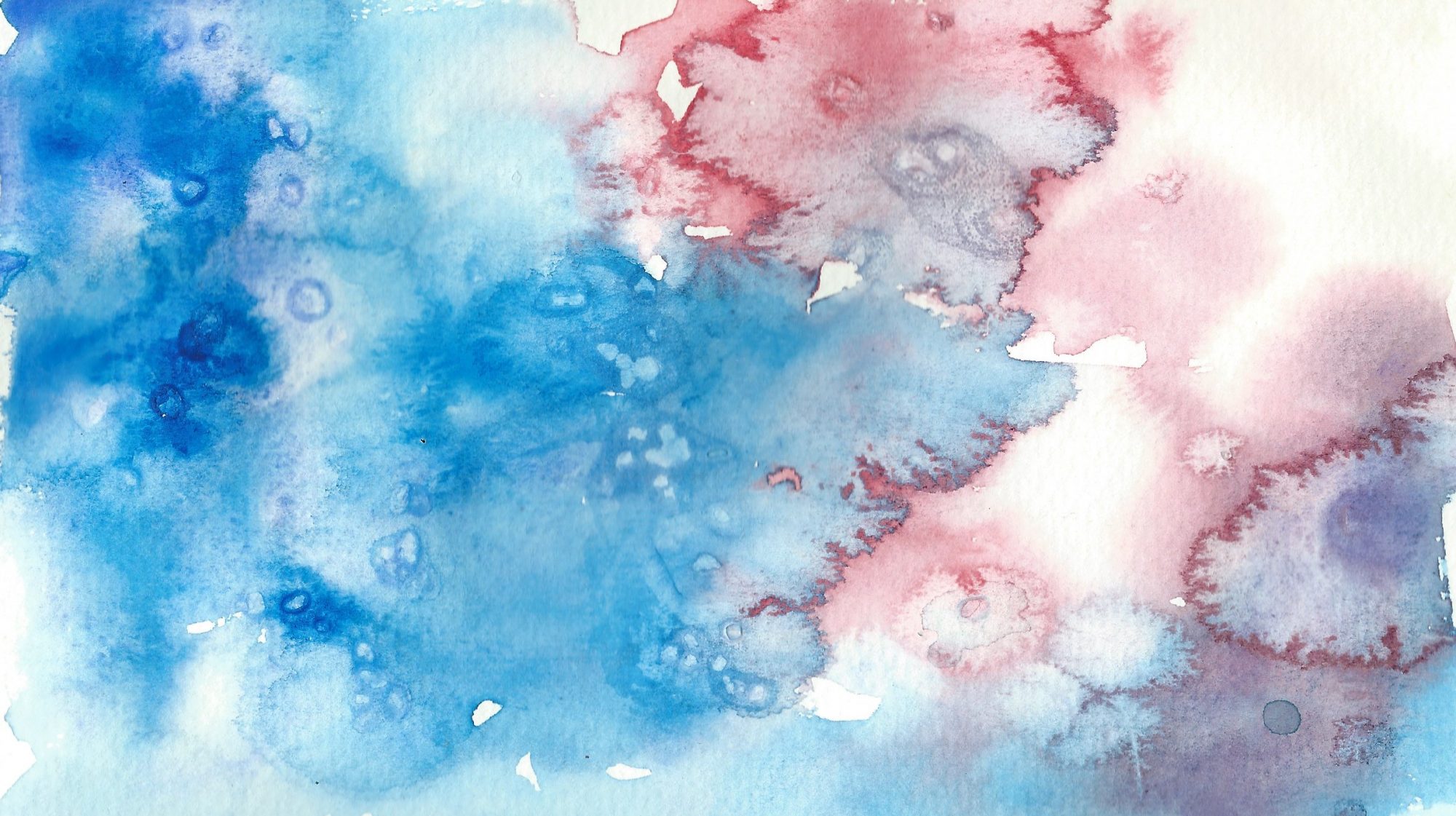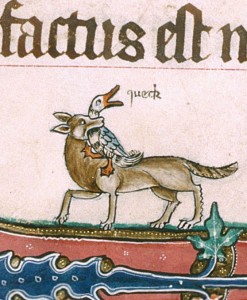British Library, Add 49622, f. 190v. The Gorleston Psalter. 1310-1324
Holbein the younger

This (tiny) portrait by Hans Holbein the younger, of a ‘young English woman’, caught my eye. It is so perfectly drawn, the shadows and highlights of the fabric suggesting it being wool, like you can almost feel it. The young woman seems to be walking tentatively, holding up her skirts, to avoid the mud? Was it common practice to walk like this? The front of her skirt is already being held up by some kind of suspender.
It’s unusual to see women’s shoes and ankles in renaissance art, but I think the red underskirt is quite an intimate detail too. The skirts could be wool, the black bits to me look velvety. She’s wearing an impressive headdress, made of a transparent, light fabric. Around her waist there’s a sash with tassels, a rosary tied to it.
The white strip of fabric on her shoulder apparently caused some debate amongst modern day historians and costume experts, whether it is the lining of separately attached sleeves, a harness for suspending skirts or something completely useless.
Holbein must have drawn this sketch during one of his two English periods. He stayed in England from 1526 to 1528 and from 1532 to 1540 and may have used this sketch for a portrait of the family of Sir Thomas More, who helped Holbein find work.
Ashmolean Museum, Oxford. Pen and black ink and watercolour on paper, 160 x 92 mm.
Birthday Boy
Aquamanile
Last year I had the opportunity of taking a closer look at the unbelievable collection of the Kunstkammer Wien, part of the Kunsthistorisches Museum in Vienna. The Kunstkammer contains art works from mainly the renaissance and baroque periods, collected by Habsburg rulers such as Ferdinand II of Tirol and emperor Leopold I.
This item from the Kunstkammer collection drew my special attention. It is an aquamanile, which in general is a vessel in the form of an animal, containing water to be used for washing hands before a meal. The term aquamanile is in fact from late 19th-century origin, meaning ewer*. Back in those days they called this kind of jug to pour water a lavabo (‘I shall wash’). Continue reading “Aquamanile”
Niobe
Fourteen children she had – Niobe – and how proud they made her. Niobe boasted she had seven times more children than Leto had. Never anger the mighty. Leto’s twins took revenge: Apollo killed Niobe’s sons and Artemis killed all of Niobe’s daughters. One of them tried, in vain, to pull the deadly arrow out. Here she is shown, slowly dropping on one knee while reaching behind her back. In agony and breathing heavily, she doesn’t care her robes slide away. Continue reading “Niobe”
Hertz und sinne muege dich
Hertz vnd sinne muege dich
das ich mit worten minnenklich
gelob die userwelten meit
von der ùns gnade flùsset.
Ir lob ist alles lobs ein tach
ir lob kein munt nie vol gesprach
und wirt ouch niemer me volseit
ir lob als lob beschlusset.
Was leygen phaffen ir ze lobe singet
dar ob ir lob hoch in den lùften klinget.
Wer koend si noch volloben gar
si treit ob aller engel schar
der froeide fruchteberndes ris
da ùns genade bringet.
Des lopt dich magt der engel sang,
din minne schuof das sich got swang
drivaltenklich uf reine vart
zuo dir in warer minne.
Er wart din sun, der dich geschuof,
des lopt dich manger zungen ruof
du ital gottes tochter zart,
Maria kùneginne.
Du werd ie gottes hoechste arch so here,
darin er siner froeden schatz wolt meren.
Sid du nu tochter und muoter bist,
so bitt fùr ùns den waren Christ,
Das er ùns tue genaden schin,
das wir von sùnden keren.
Anonymus, Codex Engelberg 314




